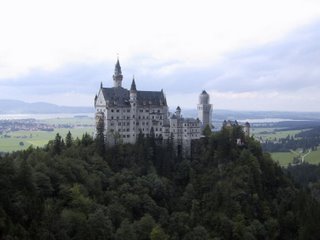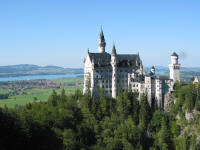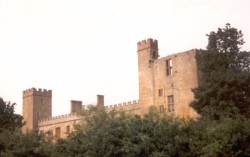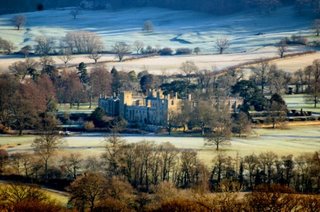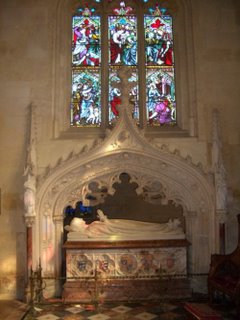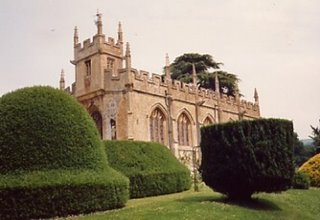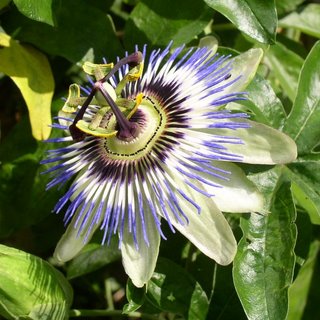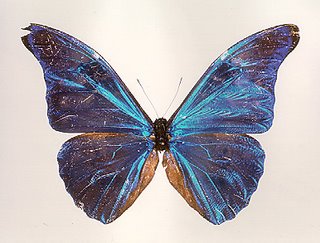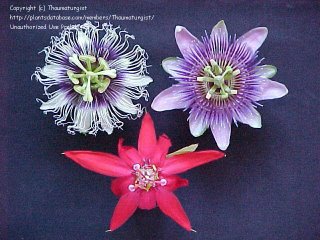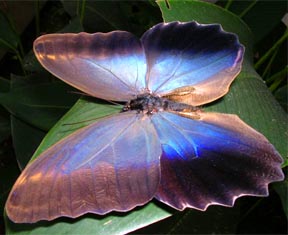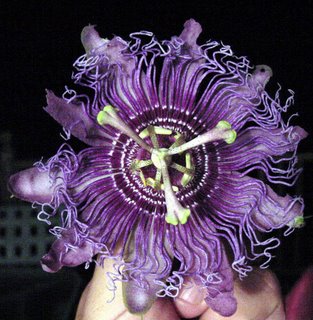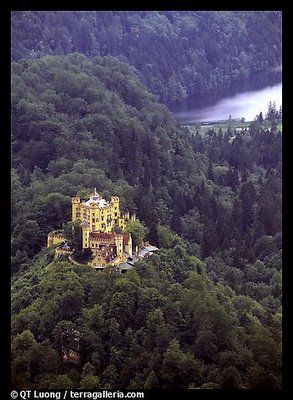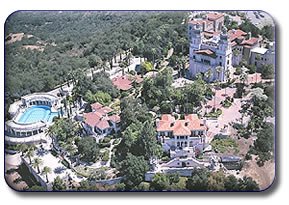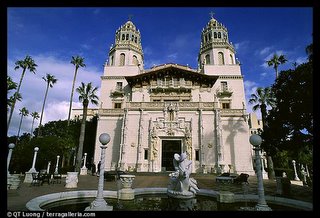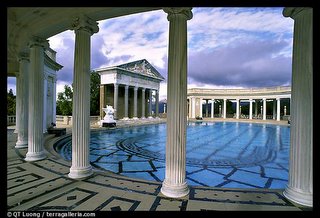LINDERHOF
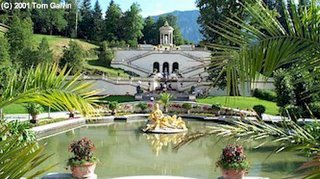
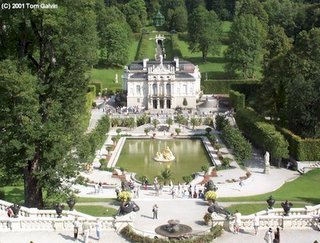 Linderhof -- King Ludwig II's Small, Reclusive Palace.
Linderhof -- King Ludwig II's Small, Reclusive Palace.King Ludwig II was a reclusive king who liked to left alone -- so much so, that he designed an entire palace around the concept of minimizing contact with other people.
That palace, and its lovely grounds, would be isolated among the quiet hills and valleys several kilometers from the nearest town(Oberammergau)It is one of the most beautiful attractions in Bavaria.
Linderhof is a sprawling complex of open fields and forest set on rolling hillsides. Scattered among it are a number of small landmarks, with the tiny Linderhof palace itself positioned in the center with a huge fountain and special gardens on all sides.
The palace and the spread of fountains and temples obverse to it are just the starting point.

